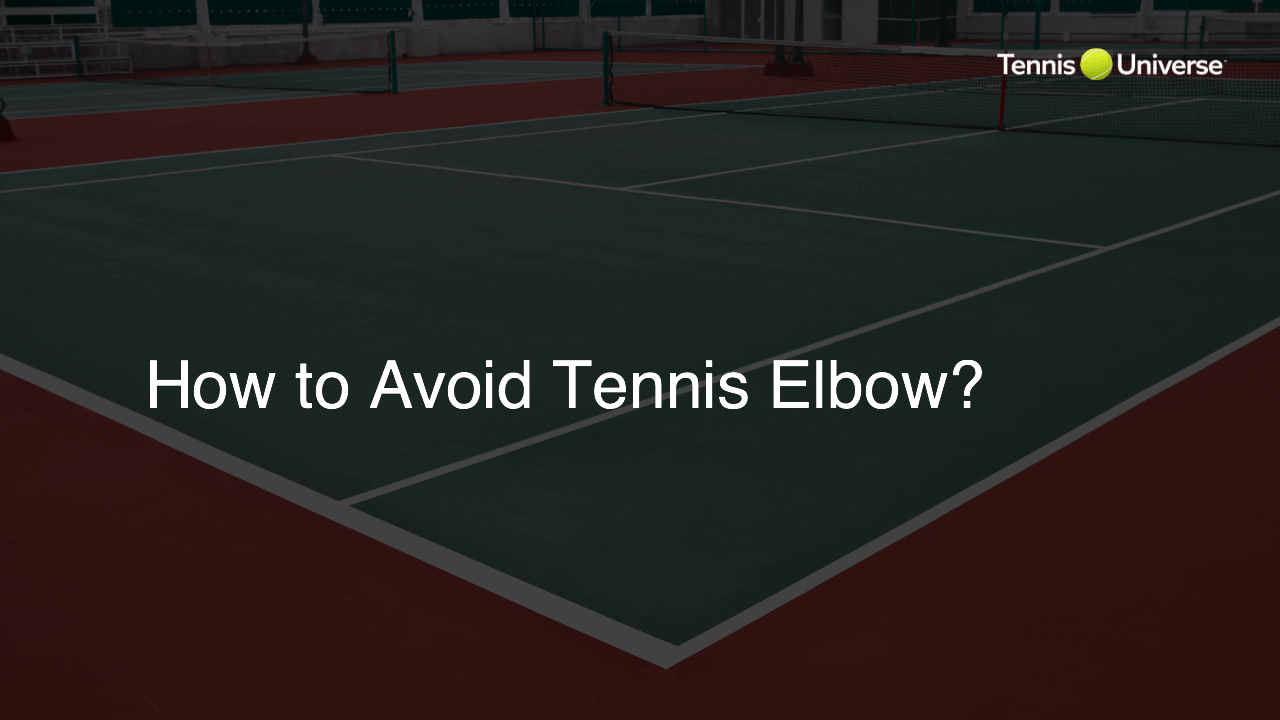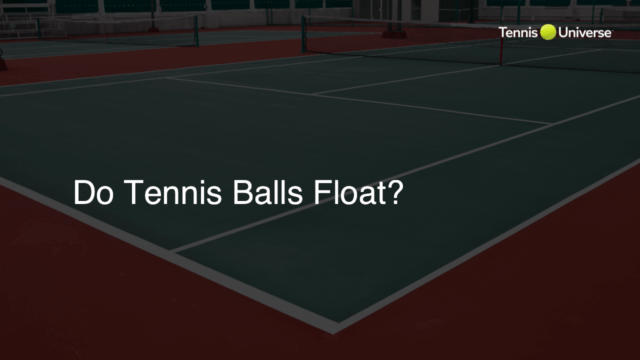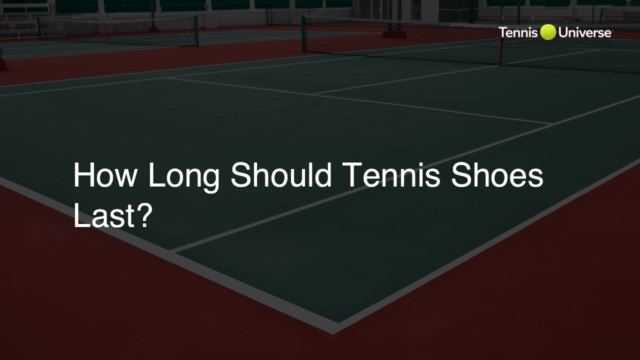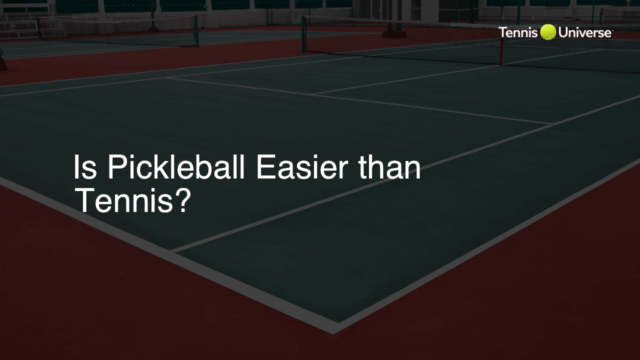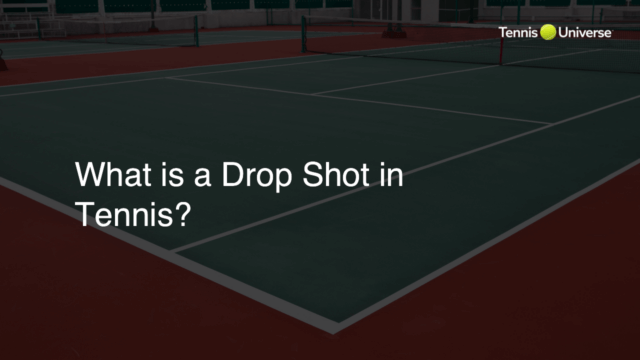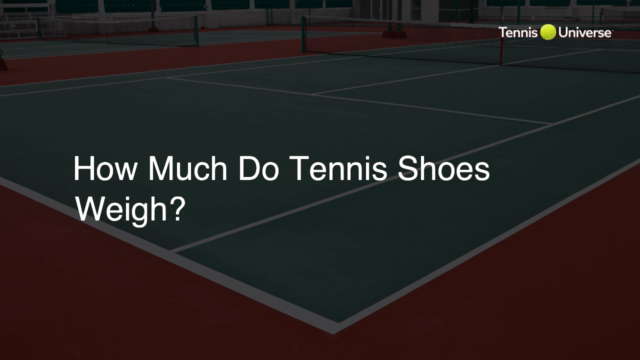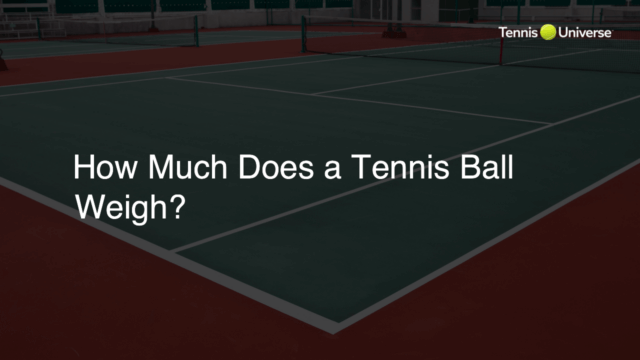To avoid tennis elbow, follow these steps: 1) Use proper equipment like a racket with appropriate grip size and strings. 2) Master the correct technique in both groundstrokes and serving. 3) Strengthen forearm, wrist, and shoulder muscles through regular exercise. 4) Stretch and warm-up before playing. 5) Gradually increase playing time to build endurance and avoid overuse. 6) Use a two-handed backhand if needed, as it reduces stress on the elbow. 7) Take breaks and rest if pain or discomfort arises.
Select the Right Tennis Equipment
To prevent tennis elbow, invest in a high-quality tennis racket with the correct grip size and string tension. Using a racket with a grip size that’s too large or too small can place strain on your tendons. Additionally, consider using a vibration dampener to minimize shock on the arm.
Improve Your Technique and Form
Honing your tennis strokes can significantly reduce the risk of developing tennis elbow. Focus on:
Groundstrokes
Pay attention to your grip – try maintaining a relaxed grip to avoid tension in your forearm. Practice swinging smoothly with proper follow-through and avoid ‘snapping’ the racket during contact.
Serving
Use a proper service motion, employing your entire body to generate power. Avoid excessive wrist snapping or hitting the ball too hard, which can cause elbow strain.
Strengthen and Stretch Muscles
Strengthening forearm, wrist, and shoulder muscles can help minimize the risk of injury. Exercises such as wrist curls, lateral raises, and resistance band work can build strength in these areas. Always stretch and warm-up before playing to improve flexibility and prevent overuse injuries.
Gradually Increase Playing Time
Avoid long, intense playing sessions by gradually increasing your time on the court. As your body adjusts to the demands of the game, your risk of developing tennis elbow will decrease.
Consider Adjusting Your Backhand
If you’re prone to tennis elbow, consider switching to a two-handed backhand. This stroke can help distribute stress more evenly across both arms, minimizing strain on the elbow.
Rest and Listen to Your Body
It’s important to take breaks and rest if you experience pain or discomfort. Ignoring pain can worsen the condition, potentially leading to long-term damage.
Implement Warm-Up and Cool-Down Routines
Incorporate a dynamic warm-up routine before hitting the court to increase blood flow to the muscles and joints. Warm-up exercises may include arm circles, wrist flexion and extension, and light cardio activities. Likewise, a cool-down period after playing is essential to help relax the muscles and reduce inflammation. Stretching exercises focusing on the forearm, wrist, and shoulder can aid in recovery and lessen the risk of tennis elbow.
Consider Tennis Tips from a Professional Coach
Working with a qualified tennis coach can help you refine your technique and identify any errors in your strokes, including those contributing to the development of tennis elbow. A professional coach can offer valuable tennis tips that not only reduce your risk of injury but also improve your overall performance on the court.
Maintain Proper Body Mechanics Off the Court
Activities outside of tennis can contribute to tennis elbow. Be mindful of proper body mechanics during daily activities, especially when using your dominant arm. Avoid repetitive gripping or lifting tasks and maintain a neutral wrist position to reduce the risk of aggravating your elbow.
Use Supportive Gear
Consider using a tennis elbow brace or strap when playing, to help dissipate the stress placed on the forearm muscles and tendons. This gear can provide additional support and reduce the likelihood of tennis elbow symptoms from developing or worsening.
Seek Professional Help If Needed
If you already suffer from tennis elbow or suspect its onset, reach out to a healthcare professional for an accurate diagnosis and personalized treatment plan. Early intervention can minimize the long-term impact of tennis elbow and allow you to return to the sport more quickly.
Frequently Asked Questions
Here are some common questions and direct answers related to preventing tennis elbow and maintaining healthy techniques on the court.
What grip size should I choose for my tennis racket?
Select a grip size that feels comfortable and allows a secure hold with minimal strain. In general, the gap between your fingers and the palm should be around one finger-width when gripping the racket.
How do I know if my string tension is appropriate?
Choose a string tension based on your level of play and personal preferences. Lower tension offers more power and a softer feel, while higher tension provides more control and a firmer feel. Experiment to find the best tension for you.
What are some exercises for strengthening the forearm and wrist muscles?
Some effective exercises include wrist curls, reverse wrist curls, wrist rotations, and grip strength exercises such as squeezing a tennis ball. Consistent resistance training can help strengthen these muscles.
How often should I take breaks when playing tennis to avoid tennis elbow?
Listen to your body and take breaks when needed. Avoid playing for extended periods without rest, especially if you’re prone to injury. Schedule time for rest and recovery, including days off between intense playing sessions.
When should I seek medical assistance for tennis elbow?
Seek medical help if you experience persistent pain, swelling, or loss of strength in your forearm, wrist, or elbow. Early intervention can improve recovery time and prevent further injury.

